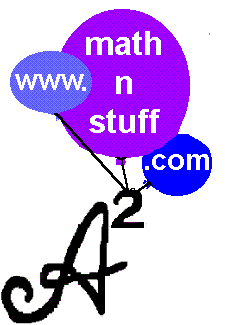Focus of Presentation
Think "out of the box" in a math classroom setting. Use 19 presentation & note taking styles in arithmetic, geometry, pre-algebra, & algebra. Examine Napier's Bones, slide rules, abacus & counting boards. Do some curve-shifting, inverse taking, trig, hypothesis testing, a little Calc I, and no Calc II, III, or Linear algebra.
Foci
- Curriculum Redesign & Teacher Preparation
- content presentation & note taking
- Developmental Mathematics
- arithmetic (fractions, decimals, whole numbers, vocabulary),
geometry, prealgebra (integer addition & subtraction),
algebra (polynomial computation, solving equations, inequalities, binomial expansion),
- General Interest
- games & manipulatives (digital & concrete), writing computational problems
- Mathematics for General Education & History of Mathematics
- Napier's Bones, slide rules, abacus & counting boards
- STEM, Instructional Strategies & Technology
- Precalc - Basic & Related Curve-Shifted functions & Inverses, Basic Trig,
Unit circle, Identities
- Statistics - hypothesis testing
- Calc I - very little
- Calc II, III, Linear algebra - nothing at all
|





